1. Passenger Pigeon
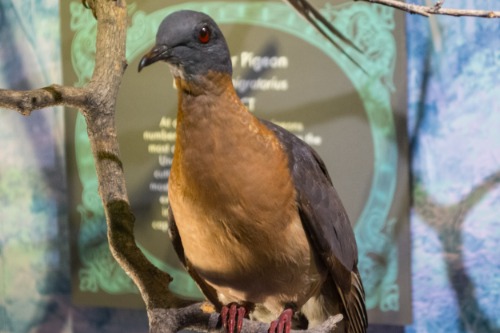
Once the most abundant bird in North America, the passenger pigeon flew in flocks so massive they could darken the sky for hours. Sadly, relentless hunting and habitat destruction wiped them out by the early 20th century. The last known passenger pigeon, named Martha, died in captivity at the Cincinnati Zoo in 1914, Barry Yeoman shares in Audubon Magazine. Their extinction is one of the greatest cautionary tales in conservation history.
Passenger pigeons were social birds that relied on large numbers for survival, making them especially vulnerable to rapid population decline. They were hunted for food, sport, and even as cheap livestock feed, with millions slaughtered annually. Deforestation also destroyed their nesting grounds, sealing their fate. By the time conservationists realized the danger, it was already too late.
2. Carolina Parakeet
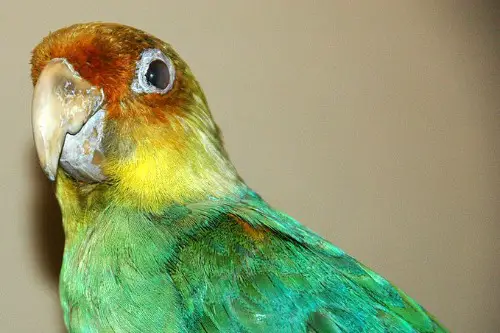
The Carolina parakeet was the only native parrot species in the eastern United States, bringing vibrant green, yellow, and orange flashes to American forests. It thrived from the Midwest to the Atlantic coast, but its numbers plummeted due to deforestation and hunting. Farmers saw them as pests and shot them in large numbers to protect their crops. The last known bird, named Incas, died at the Cincinnati Zoo in 1918, Ben Crair explains in a Smithsonian Magazine article.
These parrots were highly social, often refusing to abandon their fallen flockmates, which made them easy targets for hunters. They also suffered from the spread of European honeybees, which competed for the same tree cavities they needed for nesting. Some scientists suspect disease also played a role in their extinction. By the early 1900s, they had vanished from the wild entirely.
3. Great Auk
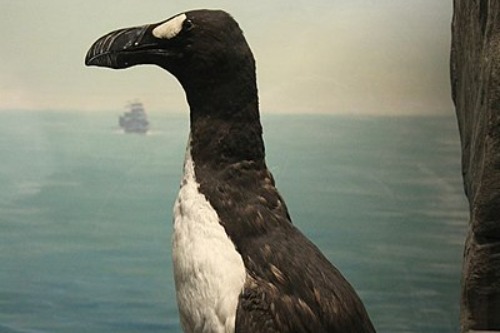
The great auk was North America’s answer to the penguin, a flightless seabird that lived along the Atlantic coast. These birds were strong swimmers, using their powerful wings to propel themselves underwater in search of fish. But they were helpless against human exploitation, as they were slaughtered for their meat, eggs, and feathers. The last confirmed pair was killed on an island off Iceland in 1844, according to John James Audubon from National Geographic.
Great auks once numbered in the millions, but they were slow breeders, making it impossible to recover from relentless hunting. Sailors and fishermen saw them as an easy food source, and their down was used to stuff pillows and mattresses. Climate change and shifting ocean currents may have also impacted their populations. Unfortunately, by the time protective measures were considered, they were already gone.
4. Steller’s Sea Cow
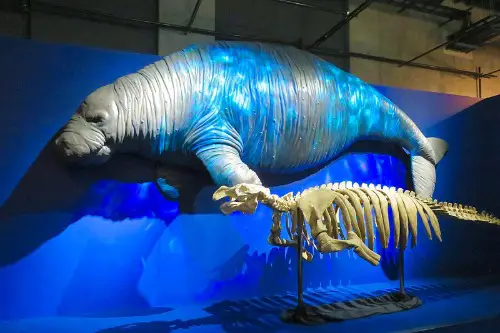
This gentle giant was a massive, slow-moving relative of the manatee that lived in the frigid waters of the North Pacific. First documented by naturalist Georg Wilhelm Steller in 1741, these creatures were already rare by the time they were discovered. Within just 27 years of their “official” recognition, they were hunted to extinction for their meat and blubber. By 1768, they had disappeared completely, Thomas O’Shea explains in Britannica.
Weighing up to 10 tons, Steller’s sea cow had no natural predators aside from humans. Their thick, bark-like skin made them resistant to harpoons, but they were easily caught and butchered once they were cornered. Russian fur traders relied on them as a food source during long voyages, accelerating their decline. With such a small population to begin with, they never stood a chance.
5. Labrador Duck
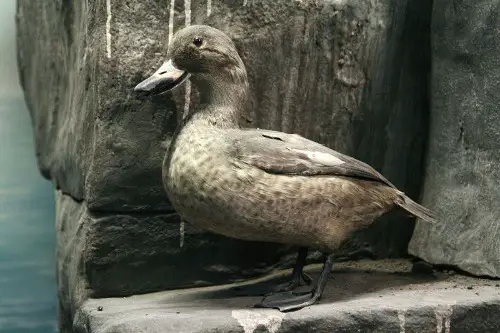
The Labrador duck was an odd-looking sea duck with a black-and-white body and a long, narrow bill adapted for eating shellfish. It was never particularly common, but by the 1870s, it had vanished entirely. The exact reason for its extinction remains unclear, but overhunting and habitat destruction likely played major roles. The last confirmed sighting was in 1878, according to Sarah Zielinski’s Smithsonian Magazine article.
Unlike some other extinct birds, Labrador ducks weren’t heavily hunted for food since their meat was considered bad-tasting. However, their eggs were harvested, and their coastal habitats were degraded by human development. Some experts believe their specialized diet made them vulnerable to food shortages. With no successful conservation efforts in place, they quietly disappeared.
6. Xerces Blue Butterfly
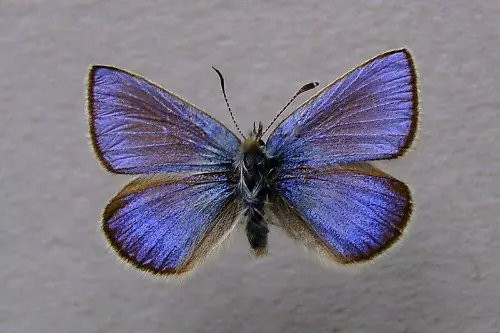
The Xerces blue butterfly was a stunning electric-blue species native to the coastal sand dunes of San Francisco. It was the first American butterfly species known to go extinct due to human activity. Urban expansion wiped out the native plants it relied on, and habitat destruction sealed its fate. The last confirmed sighting was in the early 1940s.
Unlike wide-ranging butterfly species, the Xerces blue had a limited habitat, making it highly vulnerable to change. As San Francisco grew, dunes were replaced with roads and buildings, leaving the butterflies nowhere to go. Pesticides may have also contributed to their decline. Their extinction remains a stark reminder of how even small species can vanish when their ecosystems collapse.
7. Dusky Seaside Sparrow
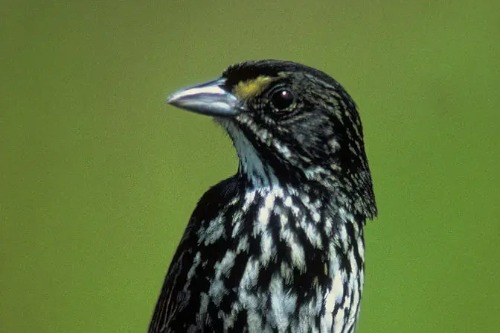
Found only in the salt marshes of Florida, the dusky seaside sparrow was a small, dark-feathered bird with a distinctive call. It was first listed as endangered in 1967, but conservation efforts came too late. Habitat destruction from mosquito control efforts and flood control projects wiped out its breeding grounds. The last known male died in captivity in 1987.
The draining of marshes for development and agriculture left these birds with nowhere to nest. Pesticide use may have also contributed to their decline by reducing insect populations, their primary food source. A last-ditch effort to breed them with a related sparrow species failed. In the end, habitat loss proved to be an insurmountable challenge.
8. Pinta Island Tortoise (Lonesome George)
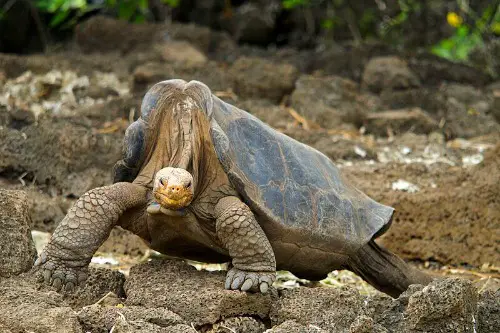
Lonesome George was the last known Pinta Island tortoise, a subspecies of the Galápagos tortoise. He was discovered in 1971 and became a global symbol for conservation. Despite decades of efforts to find a mate or clone his DNA, he remained the last of his kind. When he died in 2012, the Pinta Island tortoise was officially extinct.
His species was wiped out due to overhunting by sailors and the introduction of invasive goats, which destroyed their habitat. Without enough food or safe breeding areas, their numbers dwindled to nothing. Scientists tried to find related tortoises to breed with George, but no suitable matches were found. His death was a sobering reminder of how fragile isolated populations can be.
9. Ivory-Billed Woodpecker
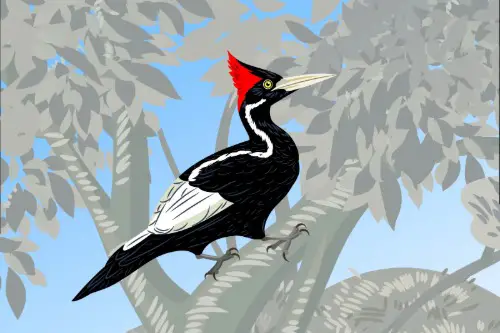
Often called the “Lord God Bird” due to its striking appearance and large size, the ivory-billed woodpecker was once found in the swamps of the southeastern United States. Habitat destruction and excessive hunting led to its decline, and by the mid-20th century, it was considered extinct. Occasional unverified sightings have given conservationists hope, but no concrete evidence has surfaced. The last confirmed sighting was in 1944 in Louisiana.
Logging destroyed the old-growth forests these birds depended on for nesting and foraging. They were also heavily hunted by collectors eager to possess one of the rarest birds in America. Even if a few individuals survived into the 21st century, their populations were too small to recover. Despite years of searching, no living ivory-billed woodpeckers have been found.
10. Pyrenean Ibex (Celia)
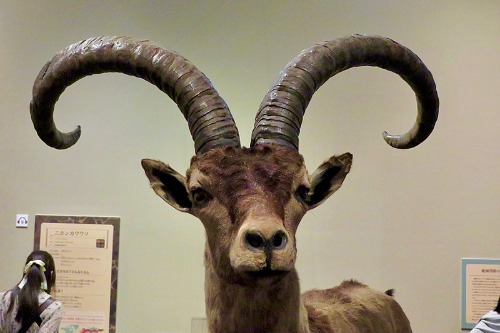
Though native to Spain, the Pyrenean ibex is notable for a bizarre twist—it became the first species to go extinct twice. The last known individual, Celia, died in 2000, marking its official extinction. In 2003, scientists briefly resurrected the species using cloning, but the clone died shortly after birth. This was a groundbreaking, though ultimately unsuccessful, attempt to reverse extinction.
The Pyrenean ibex’s decline was due to overhunting and habitat loss. Despite late efforts to protect them, their numbers had already dropped too low. Conservationists attempted to use genetic material from Celia to create new individuals, but cloning proved too difficult. The experiment raised questions about whether we could ever truly bring back extinct species.
11. Blue Pike
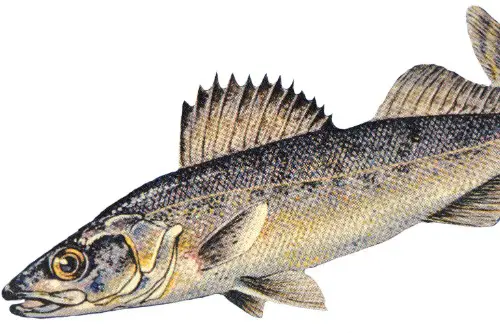
The blue pike was a subspecies of walleye native to the Great Lakes, known for its bluish hue and excellent taste. Overfishing and pollution drove it to extinction, with the last confirmed catch occurring in the 1960s. Once a staple of commercial fishing, blue pike populations plummeted when fishing technology became more efficient. By the 1980s, the species was declared extinct.
Water pollution from industrial waste and agricultural runoff also played a role in their disappearance. The introduction of invasive species, such as alewives and rainbow smelt, disrupted their food chain. Despite some fishermen claiming to still see blue pike, genetic testing has confirmed that they are gone. Their extinction was a stark warning about the dangers of overexploitation.
12. Tecopa Pupfish
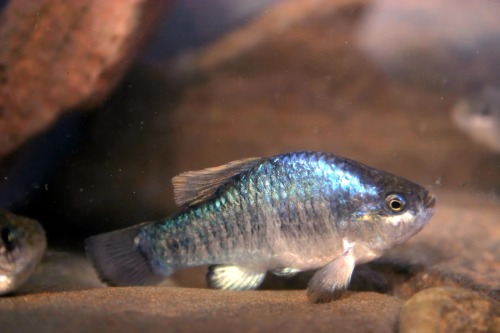
This tiny desert fish was once found in the warm springs of Tecopa, California. It was declared extinct in 1981 due to habitat destruction from human development. Hot spring resorts and bathhouses altered the natural water flow, disrupting the delicate ecosystem the pupfish depended on. By the time conservationists recognized the problem, the Tecopa pupfish had already vanished.
Unlike some other extinct fish, the Tecopa pupfish was highly localized, meaning it had nowhere else to go. It was a resilient species, capable of surviving in extreme temperatures, but it couldn’t withstand rapid environmental change. The introduction of non-native fish also contributed to its decline by increasing competition for resources. Its story serves as a reminder that even small species play a vital role in ecosystems.
13. Eastern Cougar
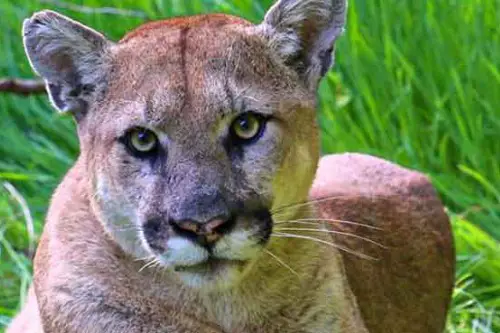
The eastern cougar was once widespread across the eastern United States but was officially declared extinct in 2011. Habitat destruction, hunting, and declining deer populations led to its disappearance. Though reports of sightings still surface, experts believe these are either misidentifications or escaped captive cougars. The last confirmed eastern cougar was killed in Maine in the 1930s.
These big cats played a crucial role in maintaining healthy ecosystems by controlling deer populations. As settlers expanded into their territory, they were seen as a threat and hunted relentlessly. Even after they were mostly gone, fragmented forests and urban development made a comeback impossible. Today, cougars still exist in the western U.S., but the eastern population is no more.
14. Black-Footed Ferret (Almost Extinct)
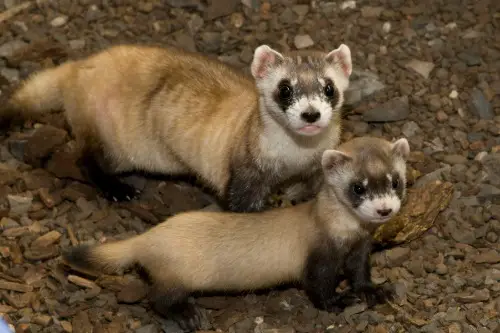
Once thought to be extinct, the black-footed ferret made a miraculous comeback thanks to captive breeding efforts. It was declared extinct in the wild in the 1970s after habitat loss and disease wiped out its primary food source—prairie dogs. In 1981, a small surviving population was discovered in Wyoming, leading to a massive conservation effort. Today, black-footed ferrets have been reintroduced to several protected areas.
Their survival was only possible due to careful breeding and vaccination programs. The plague, which devastated prairie dog colonies, remains a serious threat. Though they are no longer extinct, their numbers remain dangerously low, and continued conservation is critical. Their near-extinction serves as a rare example of how dedicated conservation efforts can bring a species back from the brink.
15. San Marcos Gambusia
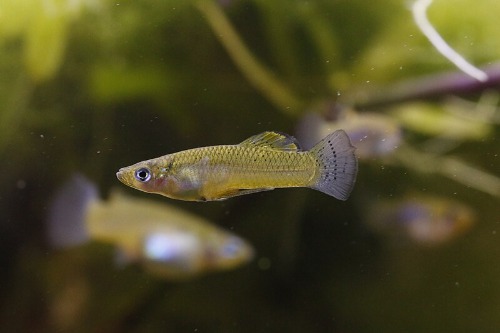
The San Marcos gambusia was a tiny freshwater fish found only in the San Marcos River in Texas. Habitat destruction and water pollution led to its rapid decline, and the last confirmed sighting was in 1983. Despite conservation efforts, the species was officially declared extinct in 2021. It serves as another example of how even small, seemingly insignificant creatures can disappear due to human impact.
The species depended on clean, flowing water, but urbanization and groundwater pumping changed its environment. Other introduced fish species also outcompeted it for food and space. Unlike some other extinct fish, no captive populations were ever established. Its extinction highlights the importance of protecting fragile freshwater ecosystems before it’s too late.


